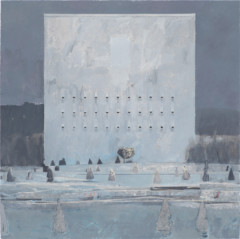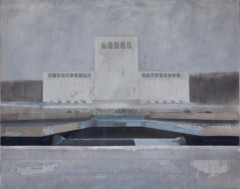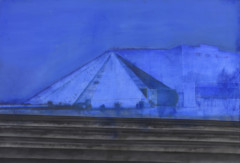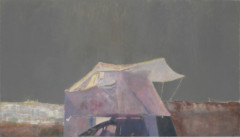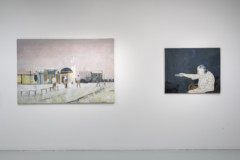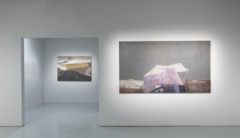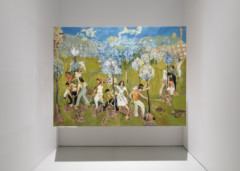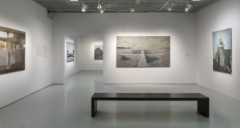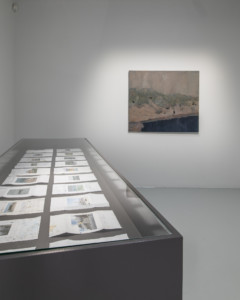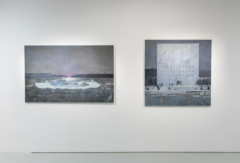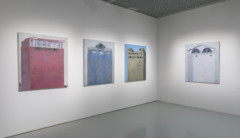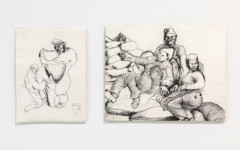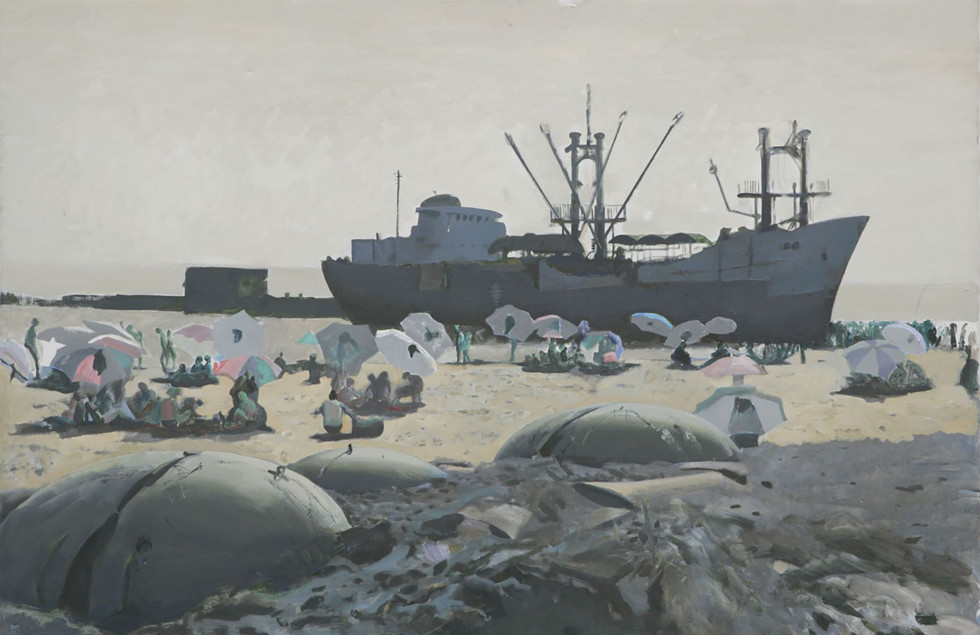
Edi Hila
Fracured Horizons
Malmö, 8.11 2025 – 12.4 2026
The year 1991 marks the fall of one of the world’s most insular and repressive regimes – Albania’s communist dictatorship. For more than forty years, the country’s population had been isolated from the outside world; possession of a passport was prohibited and attempts to flee were punishable by death. When the dictatorship – the last in Europe – finally collapsed, people were left to navigate a new and uncertain reality.
Freed from Socialist Realism’s propagandistic straitjacket, Edi Hila began to depict society on his own terms. He developed a painterly idiom he calls ‘paradoxical realism’, capturing the transition between two world orders – its atmospheres, colours, and architectural imprints.
“Edi Hila’s paintings from this period speak of enthusiasm, ingenuity, and grand dreams – but also of the confusion that erupted, and the traces of lawlessness and corruption in cities and natural landscapes. As viewers, we are led through stifling air and dusty city streets, yet the stillness and poetic colour palette anchor us in an art-historical tradition that stretches back centuries. His work is deeply entrenched in the aesthetics of the Italian Renaissance,” says curator Joa Ljungberg.
In several of Hila’s paintings, the viewer’s gaze is blocked from penetrating further into the pictorial space, prevented from reaching the horizon’s promise and uncertainty. Public buildings tower before us like sealed monuments, custodians of former regimes’ faded utopias and hubris. Against a darkening sky, a solitary ship fractures the line between sea and sky. Laden with migrants, it looms towards the picture plane – harbouring dreams of a better life.
As the world grows increasingly volatile, Hila turns his gaze beyond Albania’s borders. The tent becomes a key motif in his pictorial vocabulary – an expression of a longing for freedom and a symbiotic relationship with nature, a home that breathes with the landscape. At the same time, the tent is an architecture of necessity and survival – a last refuge when stability collapses. A fractured horizon line may be read as crystal formations and ice floes, or as a tent encampment in the distance – perhaps an image of an uncertain future, or a yearning to escape, to get away, and to move on.
Edi Hila was born in 1944 in Shkodër and lives and works in Tirana. His work reached a wider international audience with Albania’s inaugural national pavilion at the Venice Biennale in 1997. Since then, he has been the subject of major solo exhibitions in Vienna, Milan, Florence, Warsaw, Paris, and his hometown of Tirana. A landmark presentation at documenta 14 – in both Athens and Kassel – consolidated his position as a central voice in international contemporary art.
The exhibition has been conceived and curated by Joa Ljungberg of Moderna Museet Malmö and Corinne Diserens of Hamburger Kunsthalle. It is co-produced by Moderna Museet Malmö and Hamburger Kunsthalle and is accompanied by a multilingual catalogue. The catalogue features in-depth essays and interviews, along with a rich selection of sketches, paintings, and drawings spanning half a century of Edi Hila’s oeuvre.
The exhibition is shown in the galleries on Floor 2.
Curator: Joa Ljungberg
A more extensive press kit will be available closer to the exhibition opening. For any questions, or requests for additional press images, please contact press.malmo@modernamuseet.se.
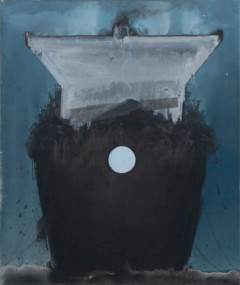
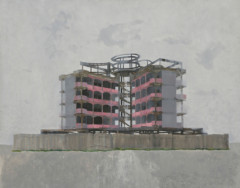


Sager, NYC


